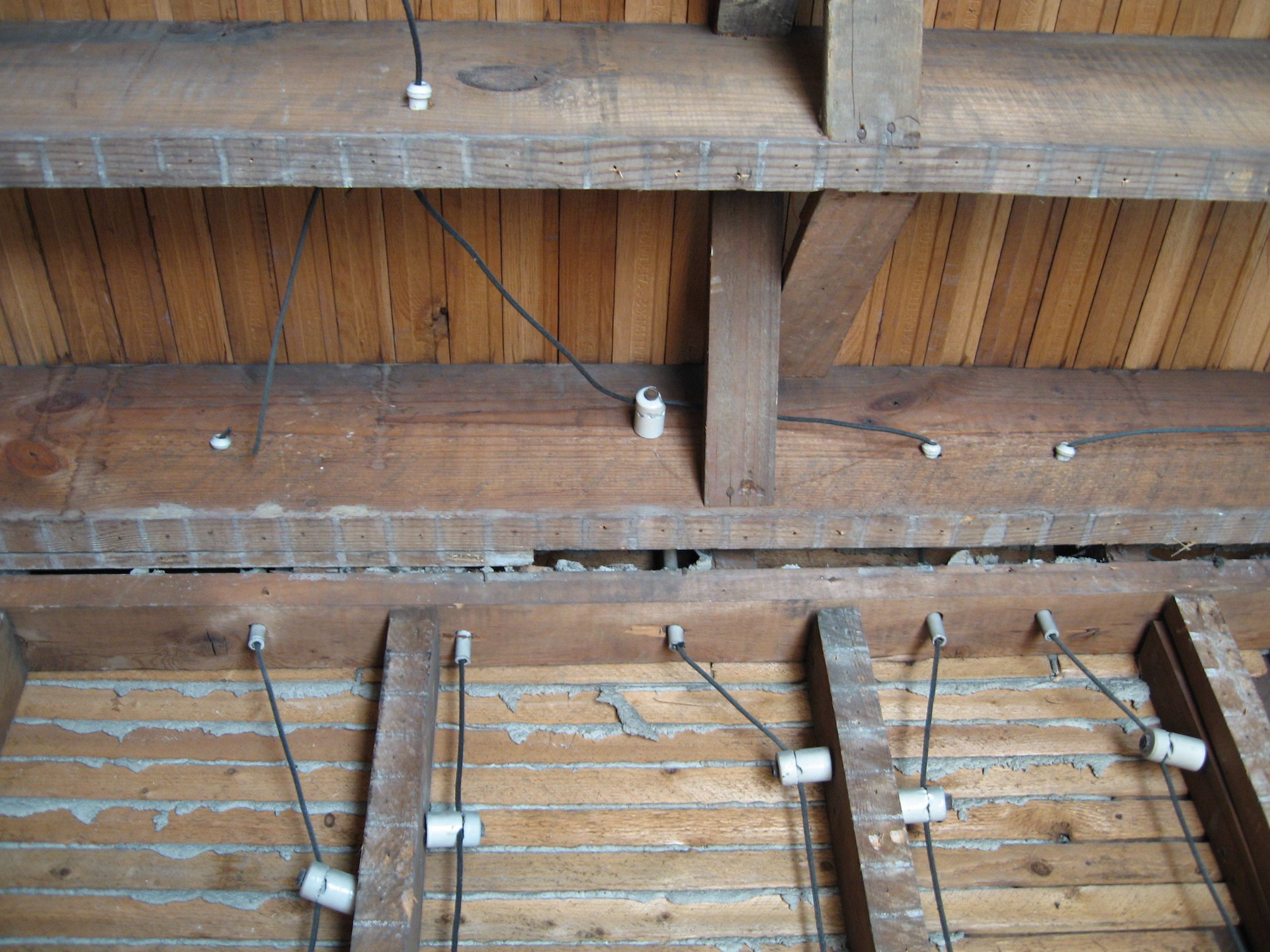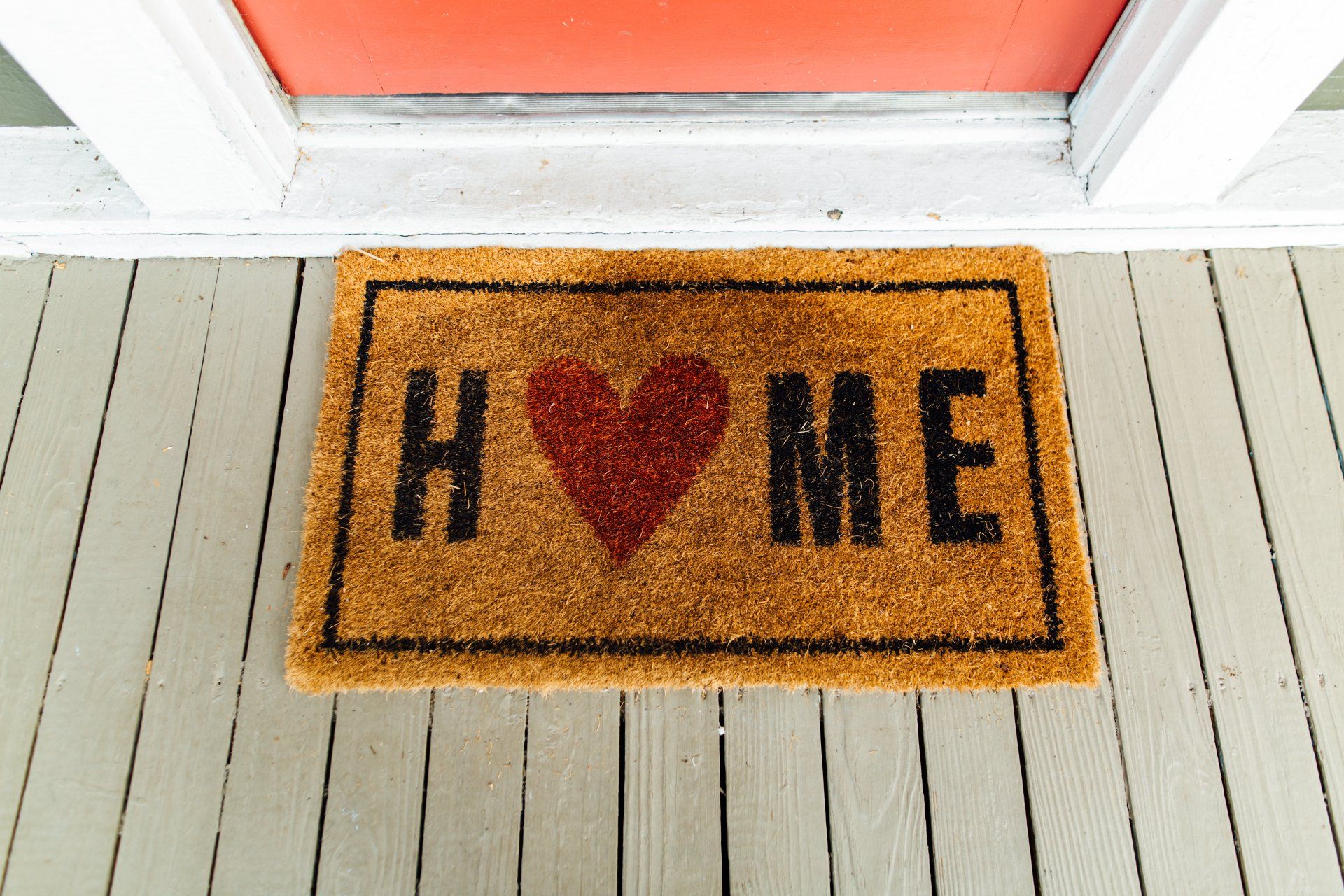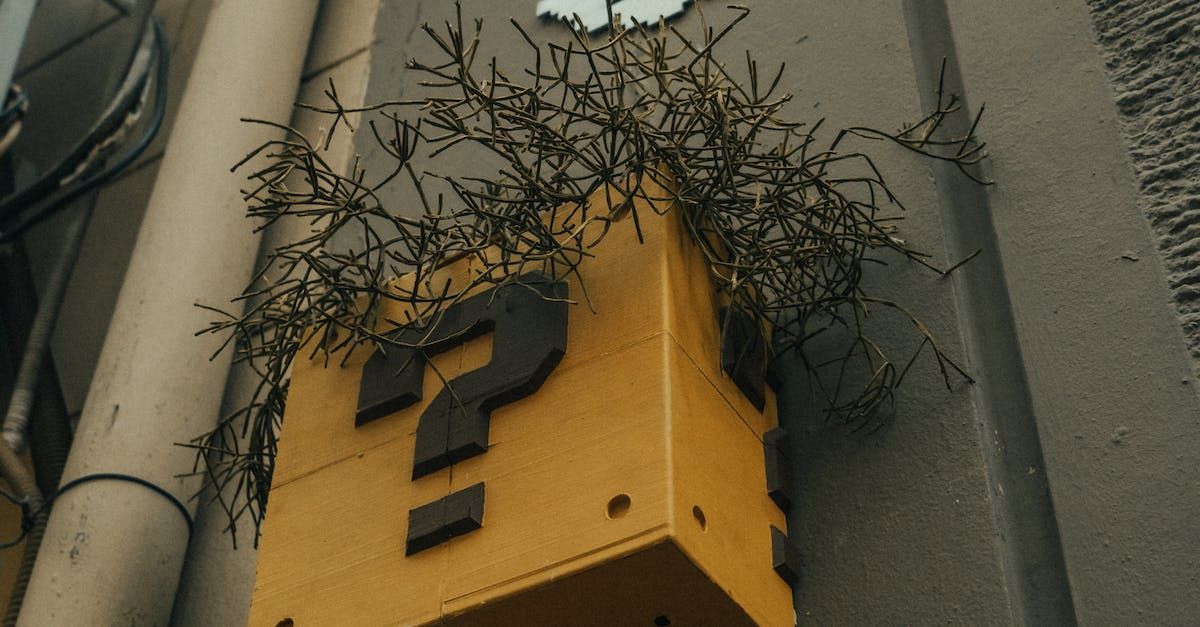
Toolbox Talk

By Ken Whiteman
•
07 Aug, 2024
Knob-and-tube wiring, often known as K&T, was a common method of electrical wiring in North American buildings from around 1880 to the 1930s. This system used single-insulated copper conductors running through wall or ceiling spaces, passing through protective porcelain insulating tubes in joist and stud drill-holes. These conductors were supported by porcelain knob insulators for stability and were shielded by flexible cloth insulating sleeving, called loom, when entering wiring devices like lamps or switches. Originally using asphalt-saturated cotton cloth for insulation, it was later replaced with rubber. Splices in knob and tube setups involved twisting conductors, soldering, and insulating with rubber tape and friction tape (asphalt-saturated cloth) or placing them in metal junction boxes. Knob and tube wiring is no longer permitted in new construction, but existing installations are often allowed to remain if left undisturbed, unaltered, or disconnected. If any changes are made, the wiring must be upgraded to meet modern safety standards and NEC regulations. It is crucial to have only qualified professionals handle electrical work or maintenance. Note that while Pennsylvania does not have a statewide electrical license requirement, individual cities, towns, boroughs, and municipalities may have their own regulations.

By Ken Whiteman
•
07 Aug, 2024
The cost of installing a door can fluctuate depending on the specific job and client preferences. Doors come in a variety of styles and designs to cater to different tastes. There are hollow and solid slab interior doors, as well as exterior entry doors, storm doors, and screen doors, with options of wood, metal, or fiberglass materials. Clients may choose to reuse existing lock sets or opt for new ones. Sometimes, rebuilding the door frame is necessary if it has been damaged or rotted. Door prices can range from a few hundred dollars and can increase based on the desired aesthetics, design, material, and other factors. Labor and equipment costs can also vary, with the average cost for installing an exterior door typically falling between $600.00 and $1,000.00. Interior doors generally range from $150.00 to $400.00, while storm doors can cost between $500.00 and $900.00. It is always wise to have a rainy day fund with at least three months' worth of expenses or around $5,000.00 for unexpected projects like these. Costs may differ based on project specifics and individual contractors, as well as market fluctuations. If you're interested in discussing your door installation needs, please reach out to us – we're here to assist you!

By Ken Whiteman
•
14 Jan, 2024
When it comes to home improvement or construction projects, the cost of hiring a contractor can sometimes raise eyebrows. While it may seem like a significant investment, understanding the factors that contribute to the pricing structure can shed light on the true value contractors bring to the table. In this blog post, we'll delve into the reasons why contractors cost as much as they do and why these expenses are justified.



